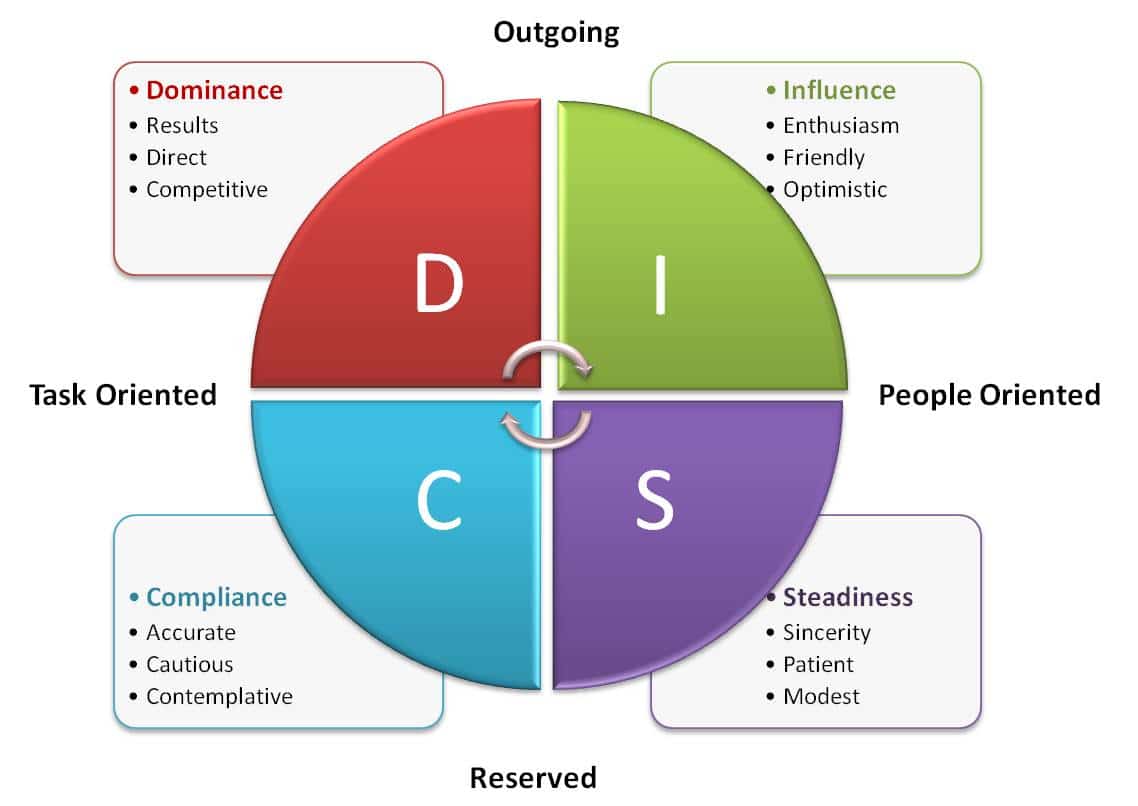If you are not sensitive to the different personality types in your company or team, you are probably missing out on significant innovation and growth opportunities.
We think personality is very important, so the majority of Atomic employees have taken taken DISC assessments facilitated by Darrell Crawford from The Vantage Group. The DISC assessment maps personality types across the categorical spectrums of Dominance, Influence, Steadiness, and Compliance.

I suspect many companies are pushed forward (e.g. reinventing products or services, entering new markets, rethinking current practices) by people high in the Dominance (High-D) and Influence (High-I) categories.
Innovation Always Challenges the Status Quo
To create change, High-D and High-I people with new ideas take a two-step process of:
- Carving out a space in the status quo.
- Filling the void with their vision.
Within existing company structures, innovative ideas may need significant space carved out to allow for implementation and maturation.
- Sometimes change requires physical space to be reallocated and dedicated for a new purpose. Changes in a physical space is an explicit, extrinsic indicator that resources are being invested in a change initiative.
- Change can also be supported by giving individuals time to pursue innovative ideas or projects in lieu of their standing responsibilities. Allocating time towards specific goals demonstrates priorities and positively stresses achievement.
- Cultural change may be necessary for new ideas to take root. Beliefs about team roles or methods may need to be shaken up for new points of view to be exercised.
Seeking Out Innovative Ideas
There is a risk of High-D and High-I cultures relying on grass-roots change coming from individuals who can both carve out a space for innovation and implement their ideas within that space.
High-C and High-S people may not be willing to take the first step of challenging the status quo if they perceive a strongly held point of view is established. The current system could remain in stasis indefinitely with everyone feeling less than energized.
Less Dominant and Influencing people are just as likely to have innovative ideas that can significantly advance the company or team, even if they are less likely to voice their ideas.
A responsible leader or manager should make time to pull input from less-assertive team members, rather than assuming that the best ideas will be pushed to their attention. A leader or manager must make time for discussion with their less-assertive team members, actively listen, and collaboratively plan for implementation.
Different Personalities Working Together
Responsibility should be divided between the space-making and implementation tasks. High-D and High-I team members should take responsibility for disrupting the status quo and then work collaboratively with High-C and High-S team members to implement change.
After collaborating on a plan for innovation, a leader or manager should help create a space for their less-assertive team members to innovate and truly shine. Once the space is created, some of the best ideas may surface and take root.
Are you waiting for the next big idea to magically occur, or are you connecting with colleagues to co-create change? Are you waiting for someone to notice you have something to contribute, or are you connecting with someone who can help clear a path for your ideas? Please share your thoughts and experiences.
